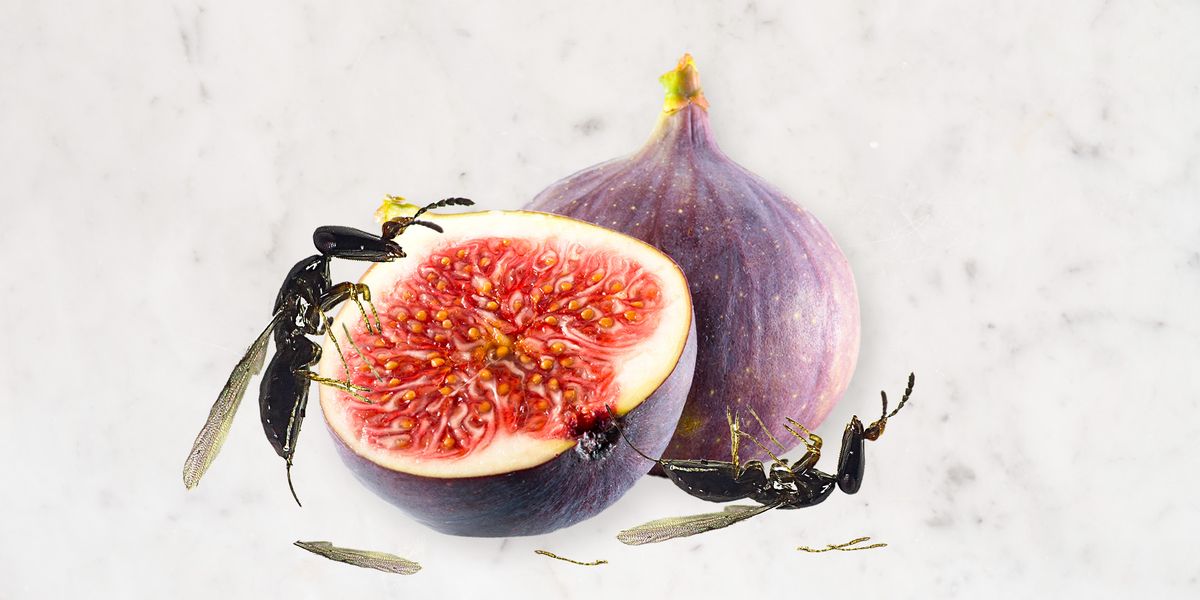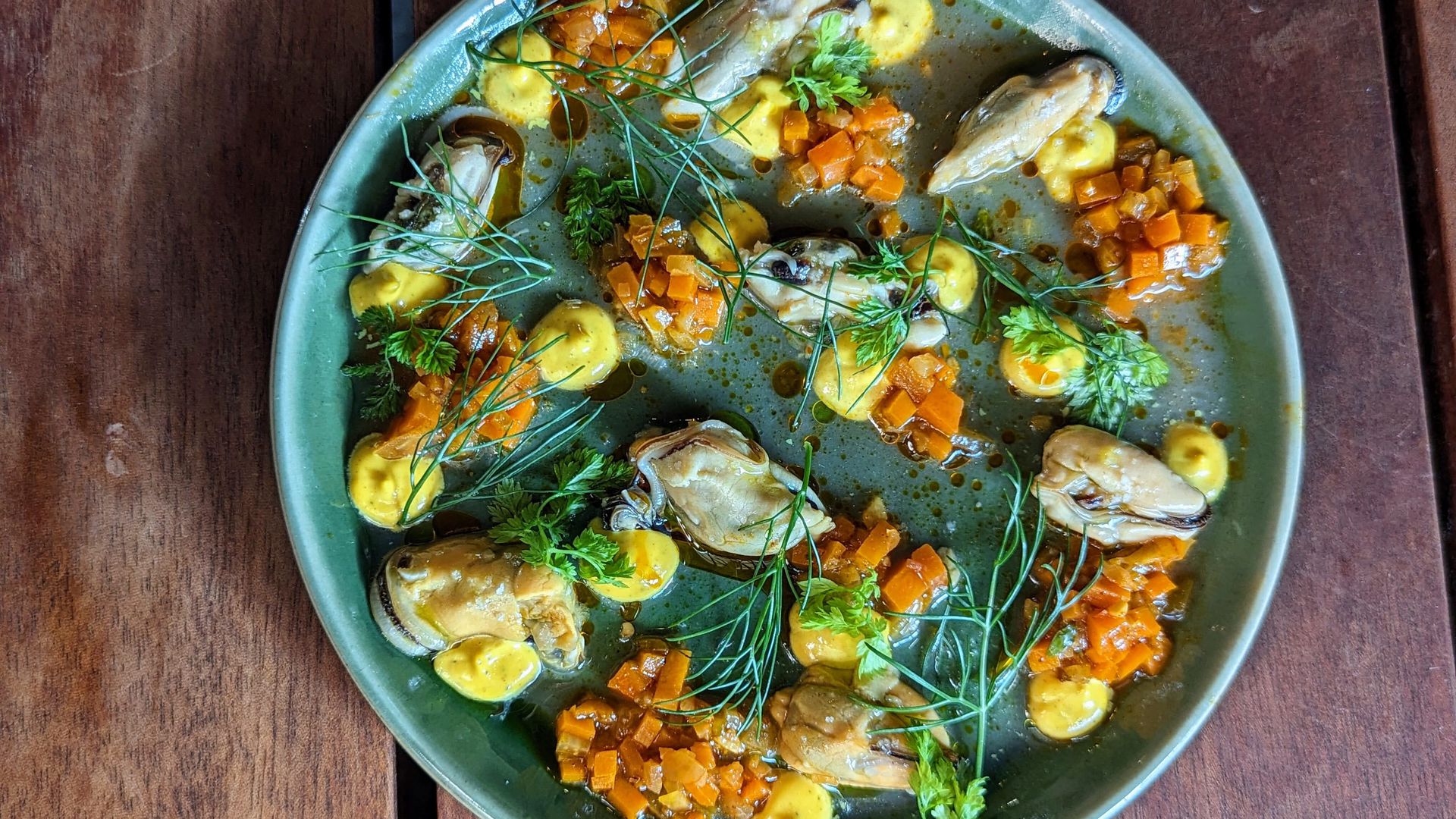
VEGETABLE CURRY IS THE ULTIMATE COZY WEEKNIGHT DINNER
When I want something comforting, savory, and just a little spicy, I usually go with some form of curry. The robust flavor of a curry sauce acts as the perfect base for virtually any protein or vegetable. In this recipe, a variety of vegetables takes center stage alongside a creamy Thai-style curry. I promise you won’t even miss the meat.
What People Are Saying:"I'm making this curry for the second time! I had never tried it before the first time I made it, but now it has become one of my favorite dishes. It is easy to put together and so flavorful." - NicoleP123
Yields: 4 servings
Prep Time: 15 mins
Total Time: 40 mins
Ingredients
- 1 tbsp.
neutral oil
- 1
medium yellow onion, thinly sliced
- 4
cloves garlic, finely chopped
- 1
(1") piece ginger, peeled, finely chopped
- 3
to 4 tbsp. Thai red curry paste, or 1 (4-oz. jar) Thai Kitchen red curry paste
- 2
(14.5-oz.) cans full-fat coconut milk
- 1 c.
low-sodium vegetable broth
- 2 tsp.
granulated sugar
- 1
medium carrot, sliced into coins (about 1 c.)
- 1
medium Yukon Gold potato, cut lengthwise into quarters, then sliced crosswise (about 1 c.)
- 1
small head broccoli, cut into florets
- 1
medium red bell pepper, seeds and ribs removed, cut into 1" pieces (about 1 c.)
- 3 oz.
green beans, halved crosswise (about 1 c.)
- 3 tbsp.
reduced-sodium soy sauce or fish sauce (optional)
Cooked rice (preferably jasmine) and fresh cilantro, for serving
Directions
- In a large pot over medium heat, heat oil. Add onion, garlic, and ginger and cook, stirring frequently, until aromatic, about 3 minutes. Add curry paste and stir until broken up and evenly distributed. Add milk, broth, and sugar and bring to a boil over medium-high heat. Add carrots and potatoes, then reduce heat to low and simmer, stirring occasionally, until slightly thickened and flavors have melded, about 15 minutes.
- Add broccoli, bell pepper, and green beans and cook, stirring occasionally, until vegetables are tender, about 5 minutes more. Stir in soy sauce (if using).
- Divide rice among bowls. Spoon curry over. Top with cilantro.
- Make Ahead: Curry can be made 2 days ahead. Store in an airtight container and refrigerate. Reheat in a pot over medium heat, loosening with water if needed.
What Is Curry?
Curry comes with a long, vast, and complicated history with offshoots in nearly every corner of the world. You can find curries in the Caribbean, Japan, Southeast Asia, and across the Indian subcontinent (although the term is not used in South Asia). Scholars argue that the origins of the term date back to the 16th century, where European imperialists adapted and mislabeled Indian flavors and culinary traditions. The types of curries you can find virtually everywhere else have at least some connection to this origin story.
With Thai-style curries in particular, that connection comes by way of the spice trade, where traders from India and Buddhist missionaries introduced aromatics like lemongrass and tamarind. Over time, these aromatics gained some spice from Portuguese hot peppers and other savory seasonings like shrimp paste to form the base of the Thai curry we know today, also known as kaeng.
How To Make Vegetable Curry
Ingredients
• The curry paste: This dish gets the majority of its flavor from Thai-style red curry paste. This seasoning paste is typically made with chili peppers and aromatics like shallots, lemongrass, galangal, and makrut lime. The most widely available brand is McCormick-owned brand Thai Kitchen, but its flavor is extremely muted. Imported curry paste tastes infinitely better than what you’d ever be able to accomplish with Thai Kitchen’s version. My favorite brands are Aroy-D and Mae Ploy—but a fair warning to those with dietary restrictions or allergies: the latter contains shrimp paste.
• The coconut milk: My favorite brands are CocoGoods Co. and Chaokoh, but any kind will do. What I do think is important for this recipe is using full-fat, unsweetened coconut milk. Because we're not using any animal proteins to supplement the richness, opting for light coconut milk instead will leave your curry tasting watery and thin.
• The vegetable broth: I use Better than Bouillon in any recipe that calls for broth, but you can use any vegetable broth as long as it's low sodium. The curry paste and soy/fish sauce already contain plenty of salt. You don't want to risk over-seasoning with standard broth.
• The sugar: There are a lot of strong flavors in this curry, which makes it especially important to add some balance. A small amount of sugar brings out the natural sweetness of the coconut milk and mellows some of the spice from the curry paste.• The vegetables: This recipe features a variety of vegetables that bring their own unique colors and textures to the table. But you’re more than welcome to add or swap in your favorites. I could also see this curry taste delicious with eggplant, pumpkin, snow peas, or bamboo shoots. Just keep in mind that not every vegetable cooks at the same rate—so make sure to incorporate firmer vegetables at the beginning and save your more delicate ones for the end. Want your curry to have more heft? You’re also welcome to add cubes of tofu (make sure to put it in the pot with the firm vegetables so it has more time to absorb all of that savory, aromatic flavor).
• The soy sauce/fish sauce: In the event that your curry needs some extra seasoning, I recommend using something more nuanced than plain table salt. Thai cuisine often leans on fermented fish products, like anchovy-based fish sauce, to add both salt and umami. If you're not a pescatarian, soy sauce is a plant-based alternative that will also work.
Step-By-Step Instructions
First, it's time to get the aromatics cooking and have your friends wondering what smells so good in your kitchen. Aromatics are basically the vegetables, herbs, and spices used to build flavor at the beginning of a recipe. In this curry, we cook onion, garlic, and ginger in a pot with some oil. After about three minutes of stirring and sizzling, add the curry paste. It takes a bit of time to break down the curry paste and get it evenly distributed, but it's worth it—toasting aromatics in oil first allows the flavors to take on a stronger flavor.
Then we add the liquid. In this case, it's coconut milk and vegetable broth (along with a bit of sugar). Once the curry is brought up to a boil over medium-high heat, we can start to add the vegetables. Firm root vegetables like carrots and potatoes take longer to cook than other types, so we give them a 15-minute head start. As they simmer over low heat, they soak up the seasoning from the curry and the liquid in the pot begins to evaporate and make the flavors more concentrated.
Add broccoli, bell pepper, and green beans and cook, stirring occasionally, until vegetables are tender, about 5 minutes more. The best way to check if they're tender is trying to push through the firmest part of the vegetable with a fork—the tines should go through without much resistance. Want to experiment with other veggies? Softer varieties like eggplant and snow peas should go in at this step.
Once all of your vegetables are cooked, it's time to taste your curry and add fish sauce or soy sauce if needed. Every curry paste has its own level of seasoning, which means you might have to add a little or a lot to reach your desired level of salt. But when in doubt, start with small amounts—you can always add more. I like to garnish my finished curry with cilantro. For those of you with the soap gene or a general aversion to cilantro, other fresh herbs like mint or basil would work well here too.
Full list of ingredients and directions can be found in the recipe above.
Recipe Tips
• What are the types of Thai-style curry? There are countless flavor combinations and recipes for Thai-style curry, but we can thank the Thai government’s 2002 culinary diplomacy initiative for organizing many of the dishes by color (red, green, yellow, etc.). It’s not necessarily an accurate or extensive way to categorize the nation’s many curry styles. But they are definitely still delicious. I use red curry here because of its deep savory and lightly spicy flavor.
• What are the best vegetables for curry? The beauty of this recipe is in its versatility! You can use virtually any vegetable that you'd use for other soups and stews. Mushrooms, bamboo shoots, eggplant, baby corn, peas, and cauliflower would all be good additions for this recipe (make sure to add these in with other quick-cooking vegetables like in step two). If you want something firmer like squash, pumpkin, or sweet potato, you can add those in with the carrots and potatoes in step one.
What To Serve With Vegetable Curry
• Scallion Pancakes: You can often find roti canai on Thai restaurant menus, and the flaky indulgent flatbread is perfect for dipping into a bowl of curry. Scallion pancakes have a similar texture, with the added perk of aromatic onion flavor.
• Rice: It’s a classic for a reason! Check out our guide for how to cook the best rice ever and you’ll never have a sticky or gummy side for your curry again.
• Coconut Rice: Not enough coconut in the curry? Add some to your rice too! I love how coconut milk adds a delicate sweetness and richness to the otherwise humble grain.
Storage
If you want to make your curry ahead of time or if you have extra left over, you can store it in an airtight container in the fridge for up to two days. I prefer to reheat it on the stove over medium heat instead of the microwave so it can all warm evenly. And depending on the vegetables you use, you might want to add a bit of water to loosen up your curry.
Variations
Made This?
Let me know how it went in the comments below!
2024-03-06T15:04:14Z dg43tfdfdgfd










